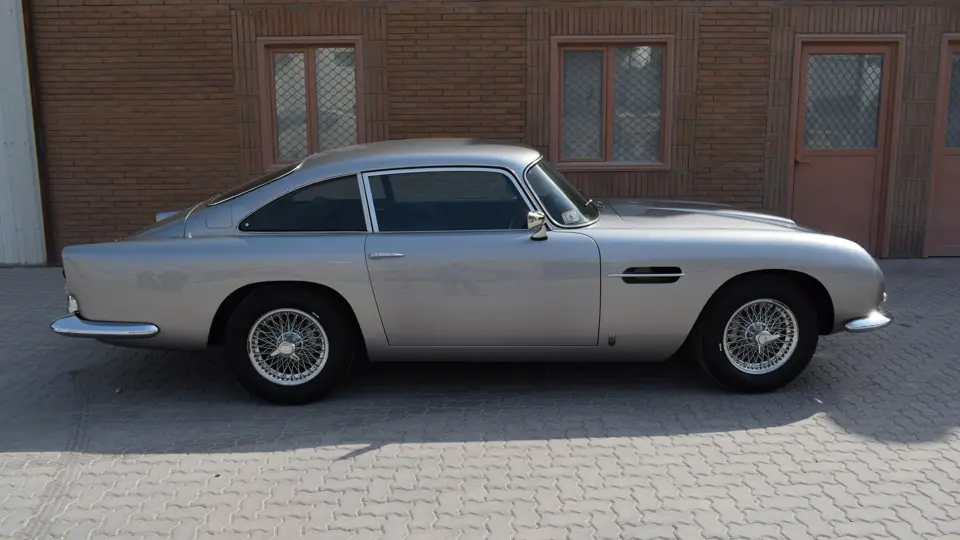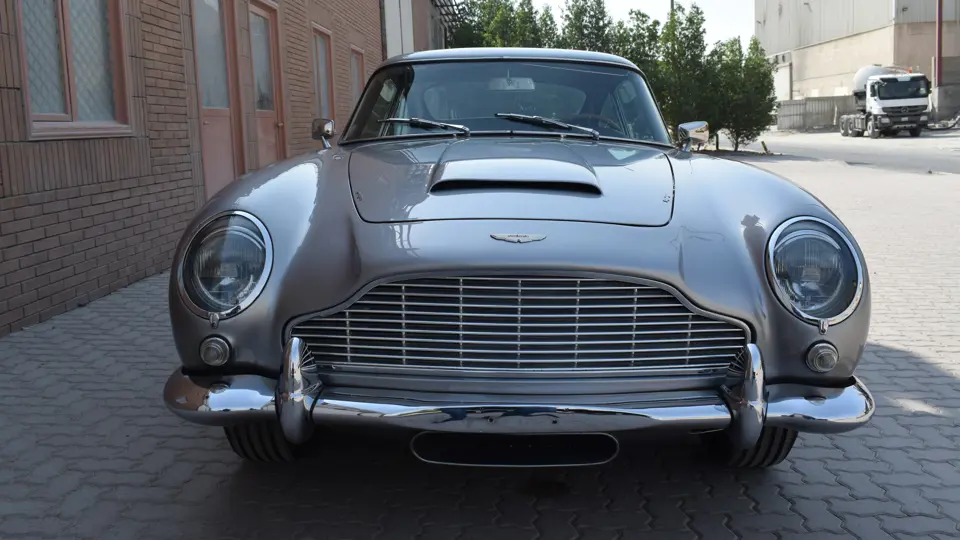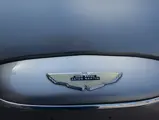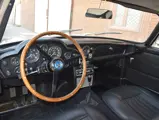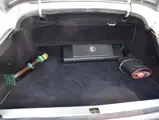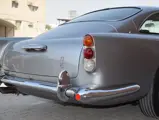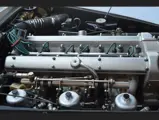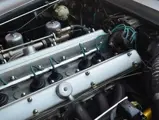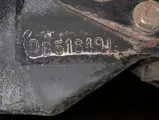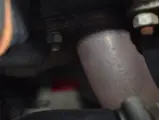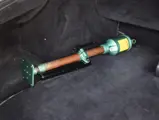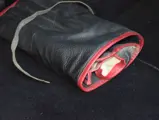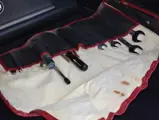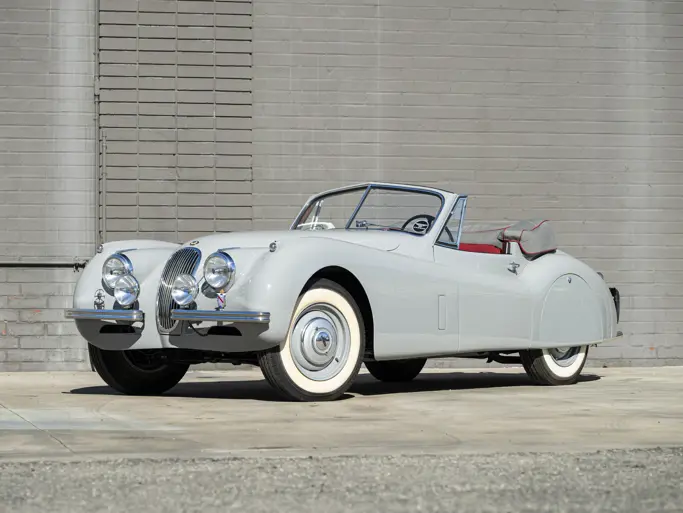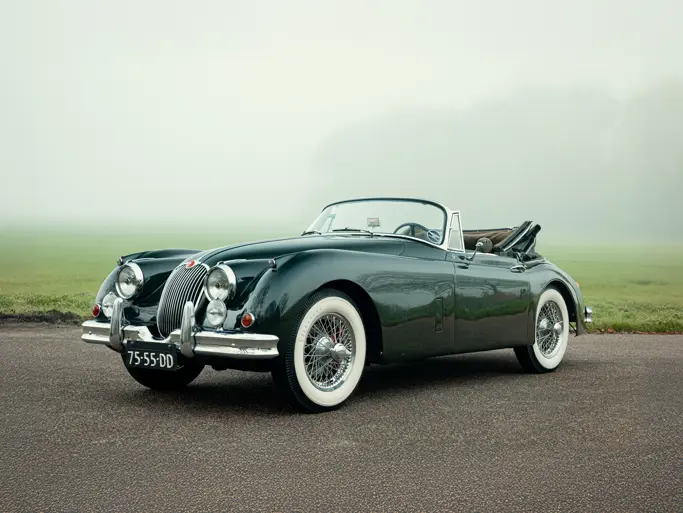
1964 Aston Martin DB5
{{lr.item.text}}
€747,500 EUR | Sold
{{bidding.lot.reserveStatusFormatted}}
- First delivered in Black Pearl over a Red interior; now finished in “007”-specification Silver Birch over black
- Retains its matching-numbers chassis and engine
- Accompanied by a British Motor Industry Heritage Certificate
- Initialement noire Black Pearl avec intérieur rouge ; maintenant grise Silver Birch avec intérieur noir, conformément à la définition de "007"
- Châssis et moteur à numéros concordants
- Proposée avec son certificat du British Motor Industry Heritage
Veuillez noter que ce lot a été introduit dans l'UE avec un cautionnement d'importation temporaire, qui devra être soldé par réexportation hors de l'UE avec un connaissement (bon de chargement) accompagné de ses documents douaniers, ou par paiement de la TVA et des droits de douane applicables s'il doit demeurer dans l'UE.
Ian Fleming may have chosen an AC Aceca as his personal conveyance, but it was to Feltham that the author turned when it came time to select a car for his fictional alter ego. Sporting, aspirational, and above all cool, the Aston Martin “DB III” that James Bond drove in the literary version of Goldfinger represented the final iteration of the DB2 platform and was the height of sophistication when the novel was released in 1959. When the book was eventually made into a feature film in 1964, the obvious candidate for 007’s gadget-laden company car was the more up-to-date DB5.
Spiritual successor to the DB of the novel and brand-new replacement for the outgoing DB4, the 4.0-litre, 145-mph grand tourer represented the best of British engineering. From the moment its Silver Birch-clad Superleggera coachwork first appeared on the silver screen, the DB5 went from salesroom star to bona fide icon—a legacy of desirability that continues to this day.
The public’s love affair with James Bond and his DB5 has continued unabated, fuelled by its most recent appearance in No Time to Die. For most, their dream specification includes instantly recognisable and effortlessly chic Silver Birch paintwork—the very shade sported by the example offered here. Though chassis DB5/1849/L is arguably more desirable still, having first been specified in the much rarer colour of Black Pearl over a striking Red interior, with the added bonus of factory Normalair air conditioning and a five-speed ZF manual transmission. It was further specified with a Bosch Koln TR radio, chrome wire wheels, Selectaride shock absorbers, and three-ear hub caps.
Built in left-hand drive, this example was destined for North America. According to an accompanying British Motor Industry Heritage Certificate, the car was completed on 16 November 1964 and despatched to the United States a week later, before to being delivered to its first owner via R. & J. Dick Company Inc. Documents show that the car was later registered in both New Jersey and Massachusetts, prior to being exported in 2007. At an unknown point the car was refinished in Silver Birch over a black interior—the specification in which it presents today—while it retains its matching-numbers chassis and engine. More recently, the car has resided in the private collection of the consigning seller, where it has remained on static display. As a result, it is recommended that a mechanical inspection and service are carried out prior to returning this car to the road.
This smartly finished Aston Martin DB5 offers an opportunity to acquire a true icon of 1960s Britain, configured in arguably the most desirable colour combination.
Ian Fleming aurait peut-être préféré pour son usage personnel une AC Aceca, mais c'est vers Feltham qu'il s'est tourné lorsqu'il s'est agi de choisir la voiture de son alter ego de fiction. Sportive, symbole de réussite et par-dessus tout chic, l'Aston Martin "DB III" que conduisait James Bond dans le roman Goldfinger était la dernière évolution de la plateforme DB2 et représentait lors de la publication du roman, en 1959, le summum du raffinement. Lorsqu'un film en fut tiré, en 1964, la candidate naturelle pour tenir le rôle de la voiture bardée de gadgets de 007 était la DB5, plus récente.
Celle-ci, héritière de la DB du roman et toute nouvelle remplaçante de la DB4 finissante, était, avec son 4,0 litres capable de l'emmener à plus de 230 km/h, la grande routière qui représentait ce que l'automobile britannique produisait de meilleur. Dès que sa carrosserie Superleggera de couleur gris Silver Birch apparut sur les écrans, la DB5 troqua son statut de star des concessions automobiles contre celui d'authentique icône, dont le magnétisme dure toujours.
L'idylle du public avec James Bond et sa DB5 est restée vivace et a encore été renforcée par sa toute récente apparition dans Mourir peut attendre. Elle est associée dans l'esprit de tous à sa couleur gris Silver Birch immédiatement identifiable et à l'élégance naturelle ; c'est précisément la couleur arborée par l'exemplaire proposé ici, alors que celui-ci est sorti d'usine dans une harmonie de teintes bien plus rare, noir Black Pearl avec intérieur rouge vif. Et ce qui rend ce châssis DB5/1849/L encore plus attirant est sa monte d'origine de l'air conditionné Normalair et d'une boîte ZF à cinq rapports, ainsi que d'un autoradio Bosch Koln TR, de roues à rayons chromées, d'écrous de roues à trois lobes et d'amortisseurs Selectaride.
Cet exemplaire est une direction à gauche, destiné à l'Amérique du Nord. Selon son certificat du British Motor Industry Heritage Certificate, il est sorti d'usine le 16 novembre 1964 et a été expédié aux Etats-Unis une semaine plus tard, avant d'être livré à son premier propriétaire par les soins de R. & J. Dick Company Inc. Les documents disponibles montrent que la voiture a été immatriculée dans le New Jersey et dans le Massachusetts avant d'être exportée en 2007. Puis elle a été reconditionnée, à une date inconnue, en gris Silver Birch avec intérieur noir, sa configuration actuelle, pour laquelle les numéros de châssis et de moteur sont concordants. Plus récemment, elle est restée dans la collection privée de son vendeur, sans rouler. Il est donc recommandé de la vérifier sur le plan mécanique et de lui faire subir un entretien avant de lui faire reprendre la route.
Cette élégante Aston Martin DB5, à l'harmonie de teintes sans doute la plus séduisante, représente une occasion d'acquérir une véritable icône britannique des années 1960.
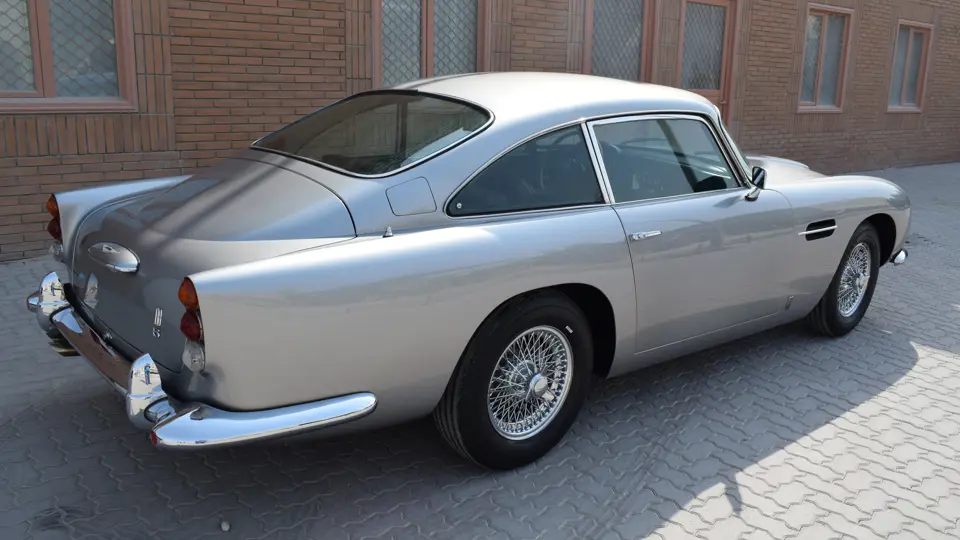




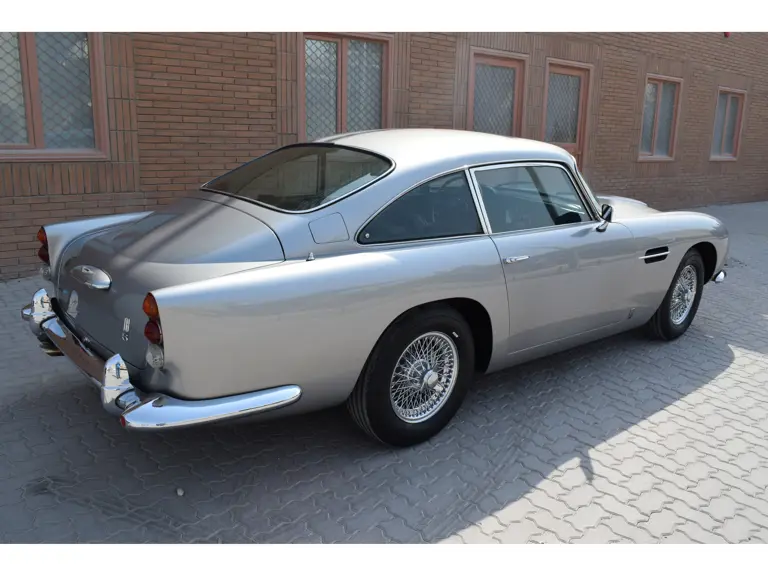
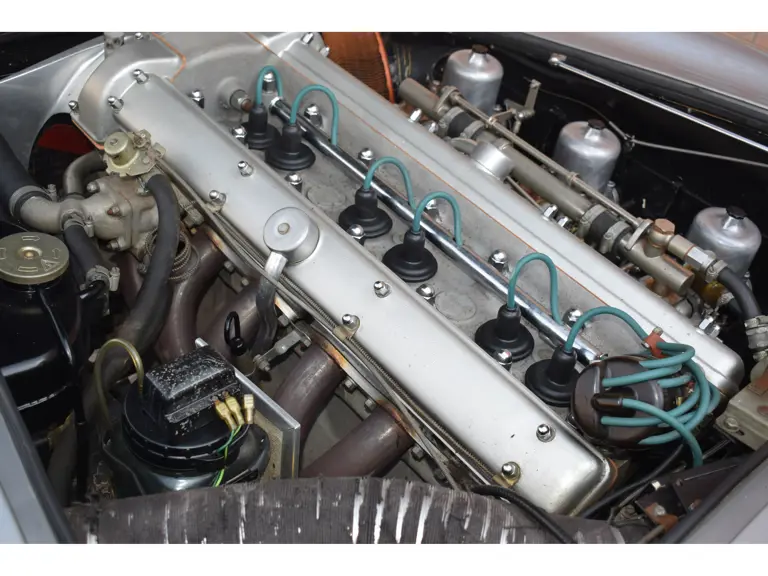

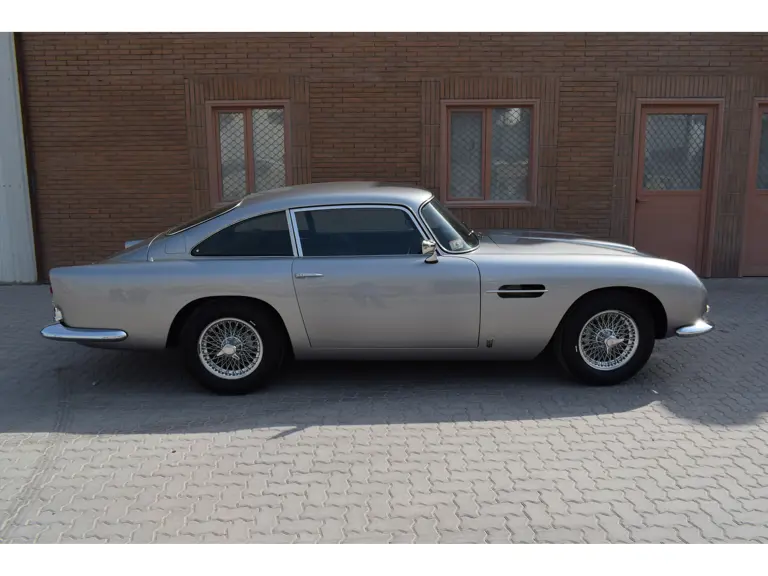

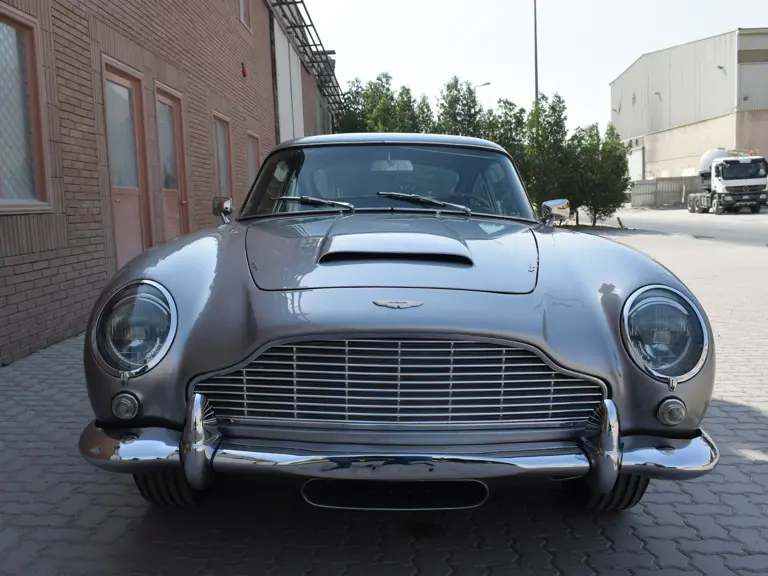
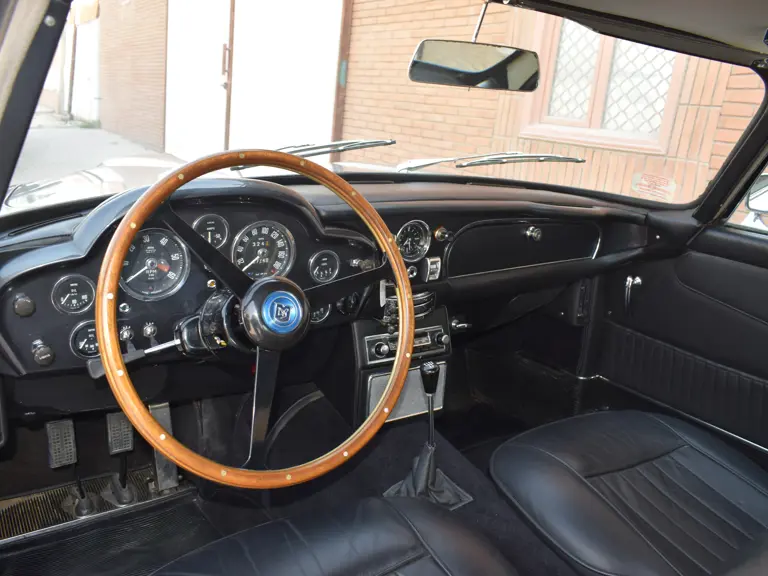
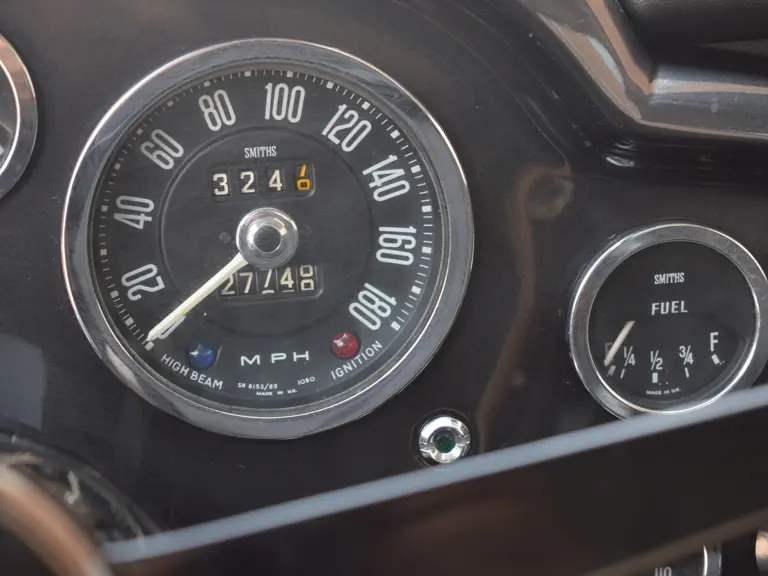



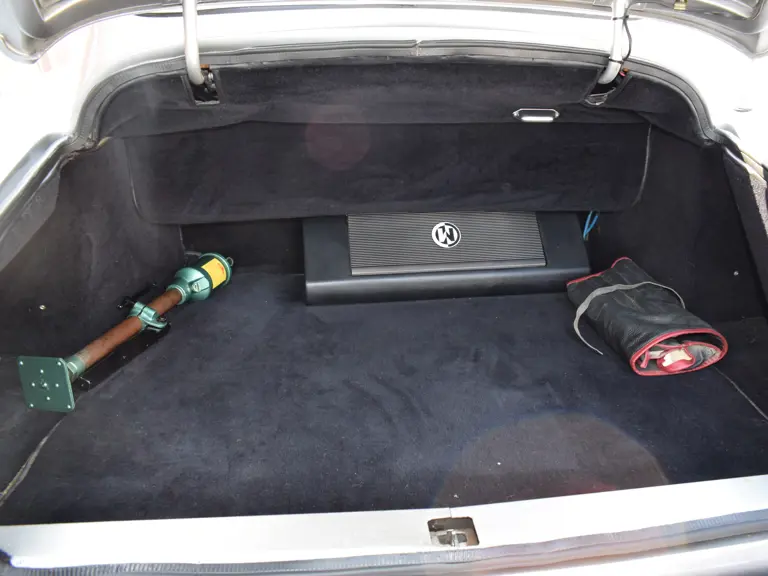
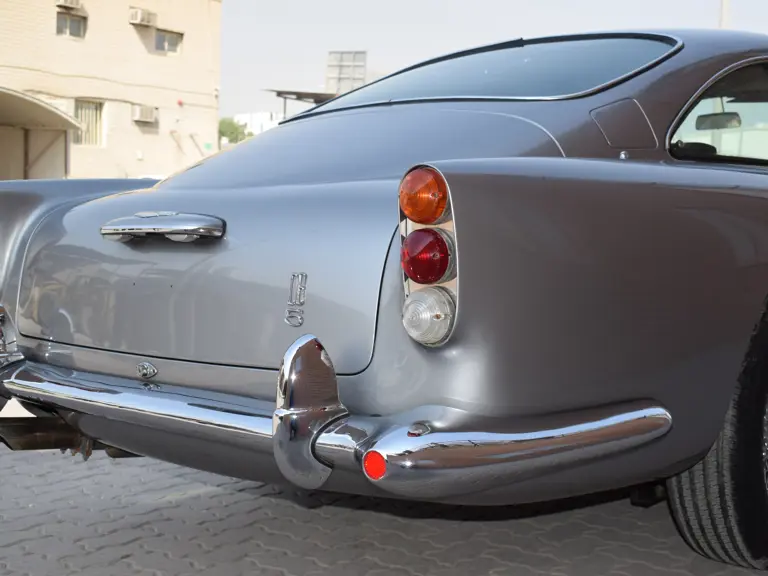
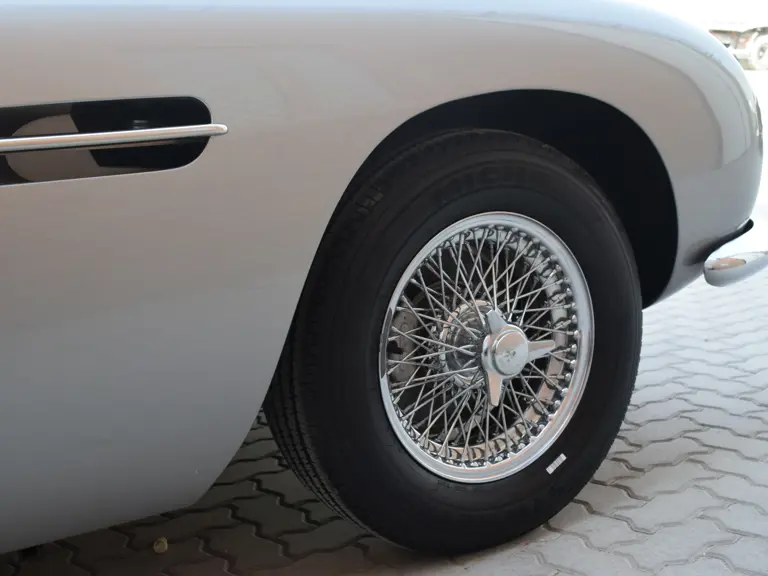
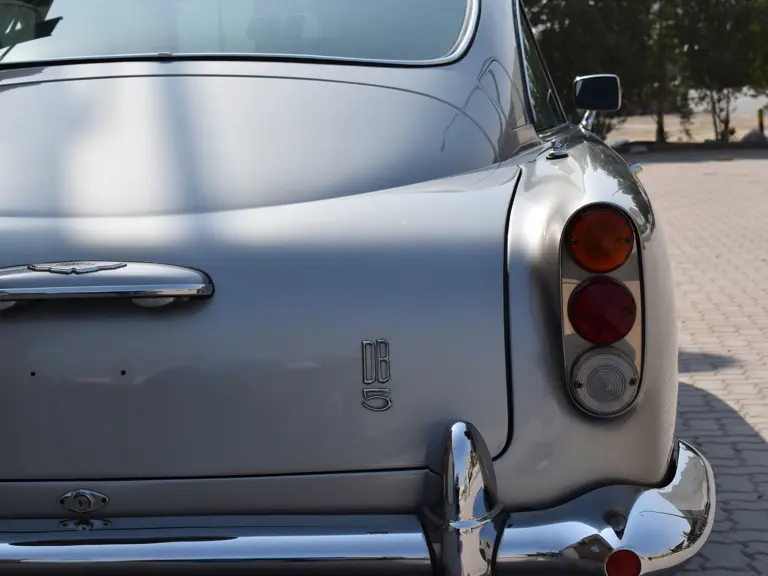
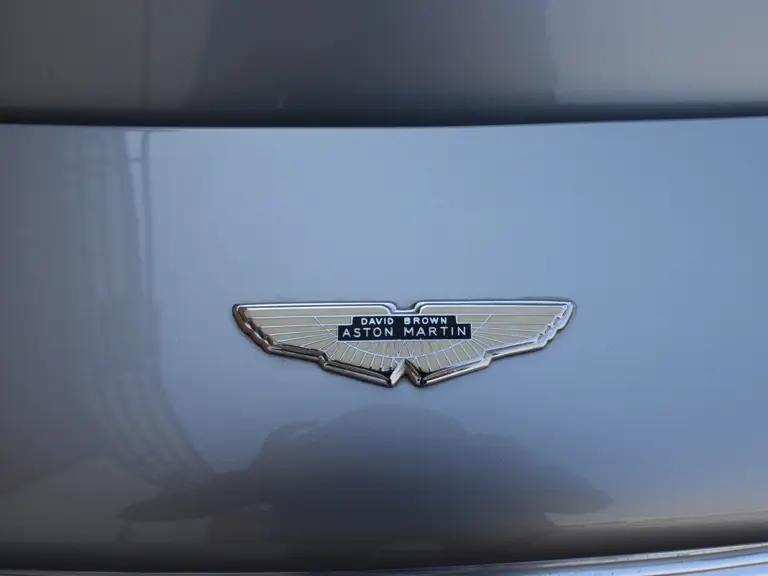
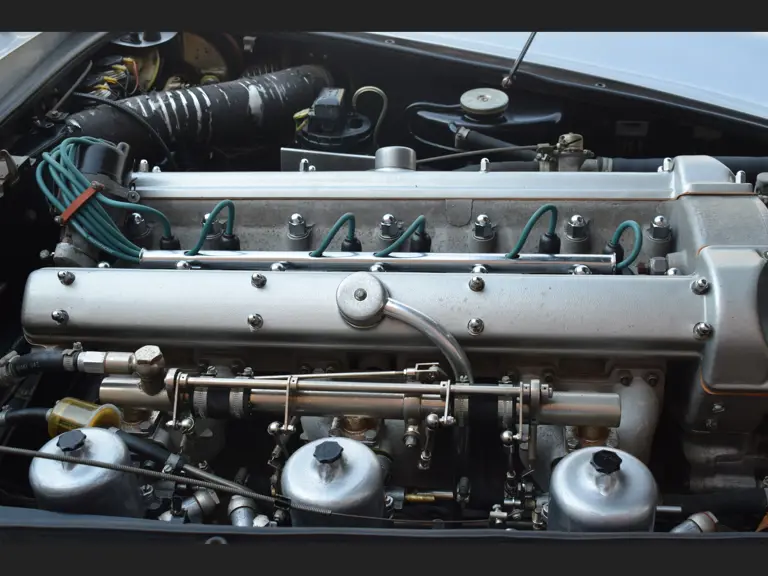
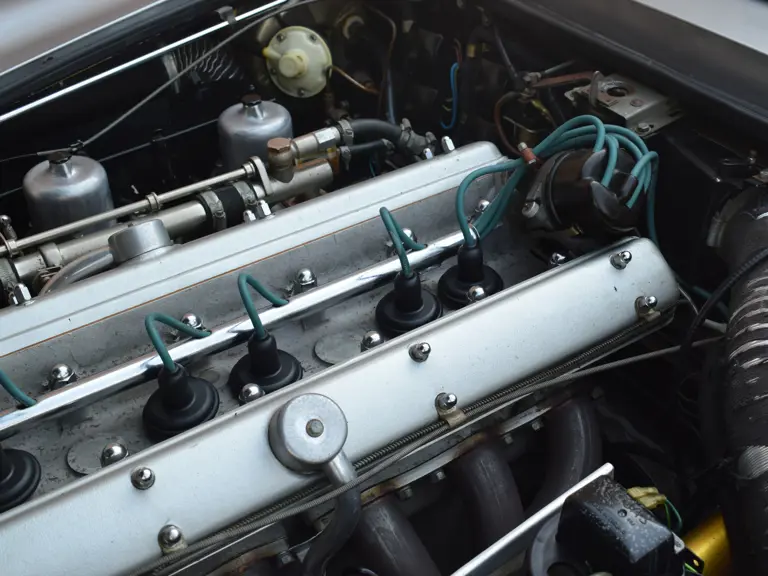




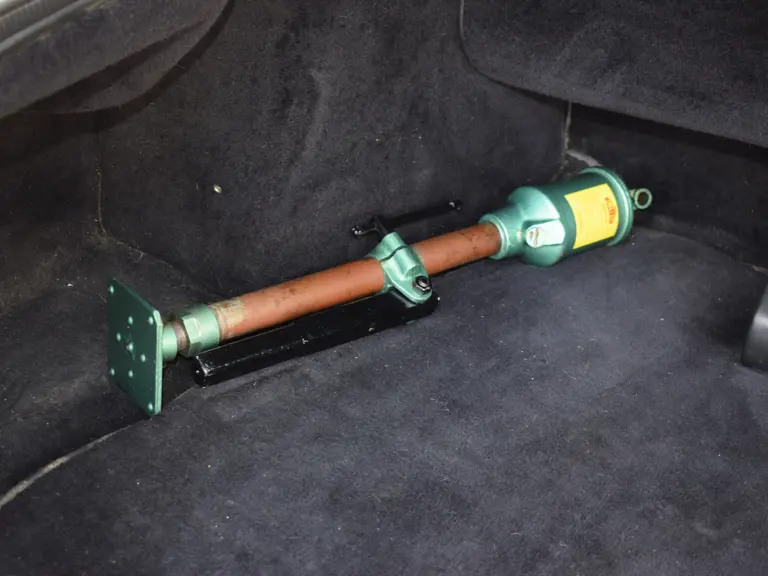
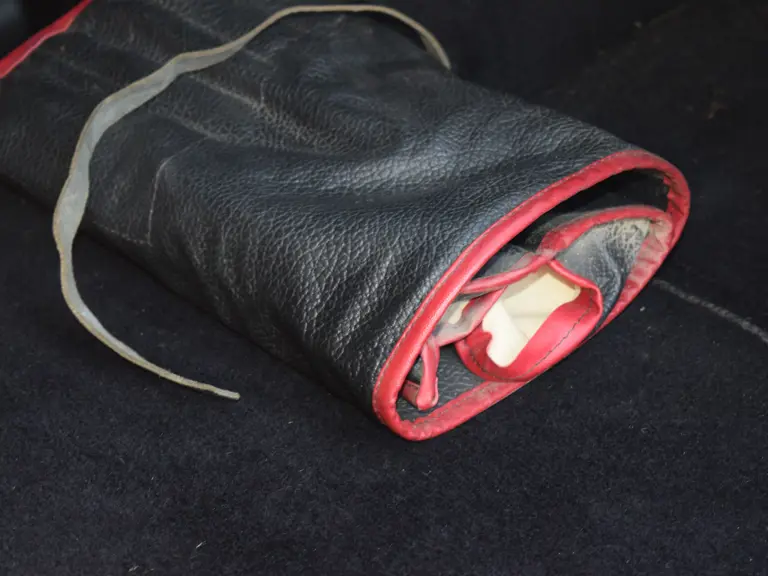
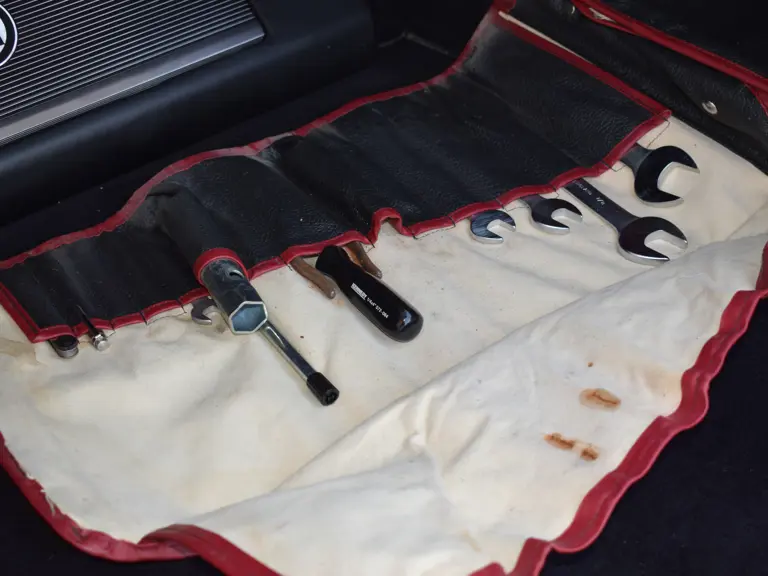
 | Paris, France
| Paris, France
